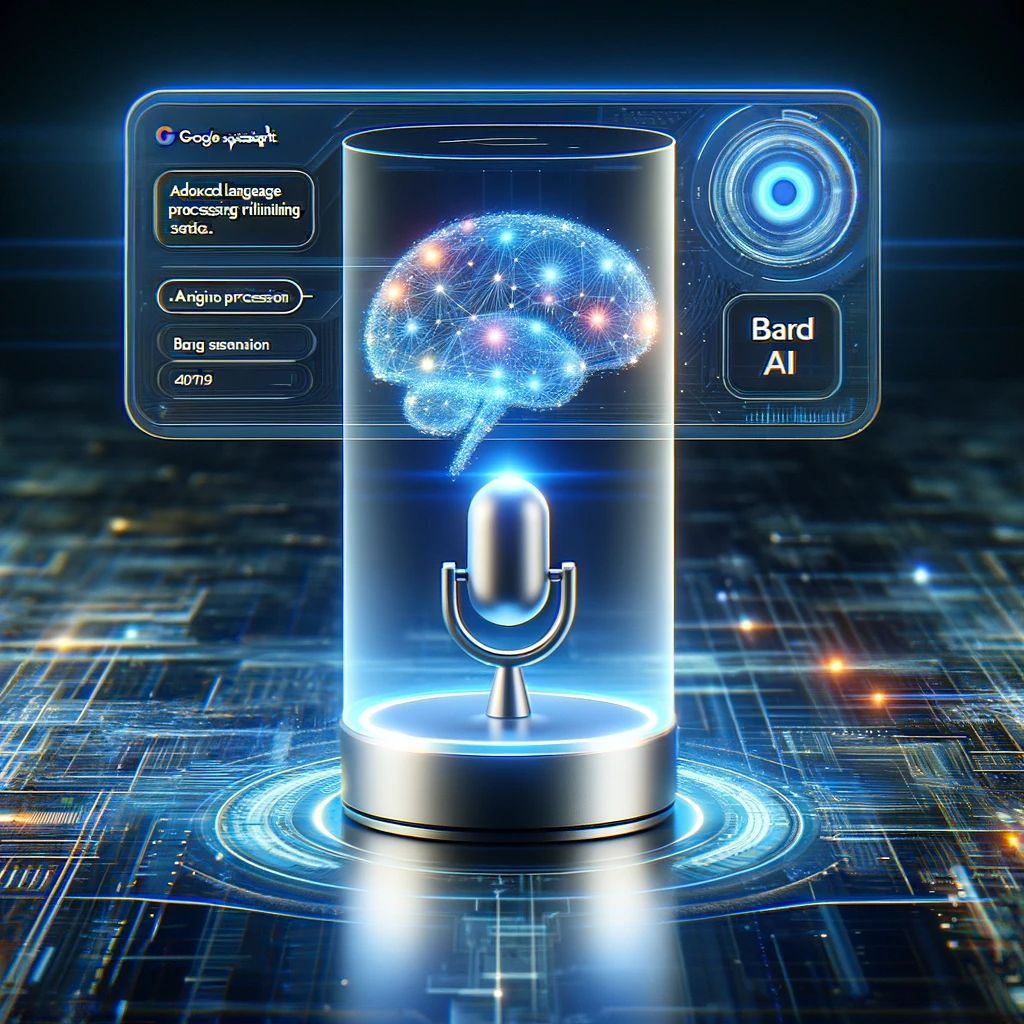In 2024, Google is undertaking a transformative journey for its widely-used digital assistant, Google Assistant. This evolution is not just a mere update but a strategic overhaul, aimed at refining the user experience and harnessing the latest advancements in artificial intelligence. The changes, while extensive, are driven by Google’s commitment to streamline functionality, enhance efficiency, and pave the way for the integration of sophisticated AI technologies. These modifications mark a pivotal shift in how Google views its role in assisting users with daily tasks and interactions, prioritizing speed, efficiency, and a more natural user interface. Here’s a detailed look at the key changes and their implications for Google Assistant users:
#1. Next-Generation Assistant

- Enhanced On-Device Processing: Google Assistant is evolving with new models that reduce cloud dependency. This development enables the Assistant to process and understand requests on the device itself, leading to quicker responses, even without a network connection.
- Faster and More Natural Interaction: The next-generation Assistant can deliver answers up to 10 times faster. It allows for multitasking across apps, making tasks like creating calendar invites, sharing photos, or dictating emails much quicker.
- Continued Conversation Feature: Users can make several requests in a row without repeatedly saying “Hey Google,” enhancing the natural flow of interaction.
#2. Integration with Bard AI

Google is integrating its Bard AI language model with Google Assistant. Bard, known for its advanced natural language processing and contextual understanding, aims to revolutionize the Assistant experience. It will enable the Assistant to anticipate needs, offer proactive advice, and engage in more natural conversations.
#3. Removal of Underutilized Features
To streamline the Assistant and focus on core functionalities, Google is removing 17 features deemed underutilized. These include:
- Voice-controlled audiobook playback on Google Play Books.
- Setting or using media, music, or radio alarms.
- Managing cookbooks, transferring recipes, and playing instructional recipe videos.
- Managing a stopwatch, sending emails, and video or audio messages using voice.
- Voice rescheduling in Google Calendar.
- Specific actions in Google Assistant driving mode on Google Maps.
- Scheduling or hearing Family Bell announcements.
- Using voice commands for activities on Fitbit Sense and Versa 3 devices.
- Viewing sleep summaries, commute time estimates on Smart Displays.
- Checking personal travel itineraries and information about contacts by voice.
- Voice commands for actions like sending payments, making reservations, or posting to social media.
While these features are being removed, Google is providing alternative methods or retaining core functionalities for most tasks.
Also Read- ChatGPT, Google Bard, Microsoft Bing- How They Are Similar But Yet Different
#4. Emphasis on Core Functions
Google’s focus is on enhancing core functions like information retrieval, smart home control, and communication. This shift towards prioritizing frequently used features and integrating with Bard is seen as a strategic move to optimize the Assistant’s capabilities and user experience.
#5. User Feedback and Future Developments

Google is encouraging user feedback through the “Hey Google, send feedback” feature. This initiative aims to refine the Assistant’s features based on user preferences and ensure that future iterations are user-centric.
Also Read- How To Turn Off Google Assistant On Android Phone
Conclusion
These changes reflect Google’s commitment to improving the Assistant’s efficiency and functionality. By focusing on core features and integrating advanced AI technologies, Google is setting the stage for a more intuitive, responsive, and intelligent digital assistant in 2024 and beyond.


































